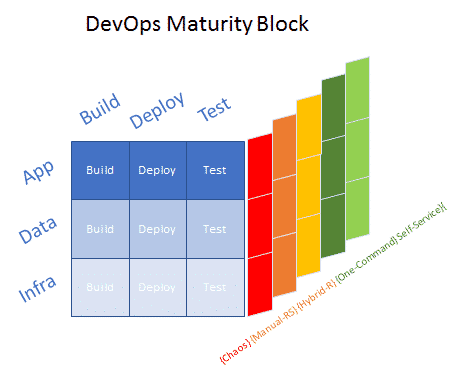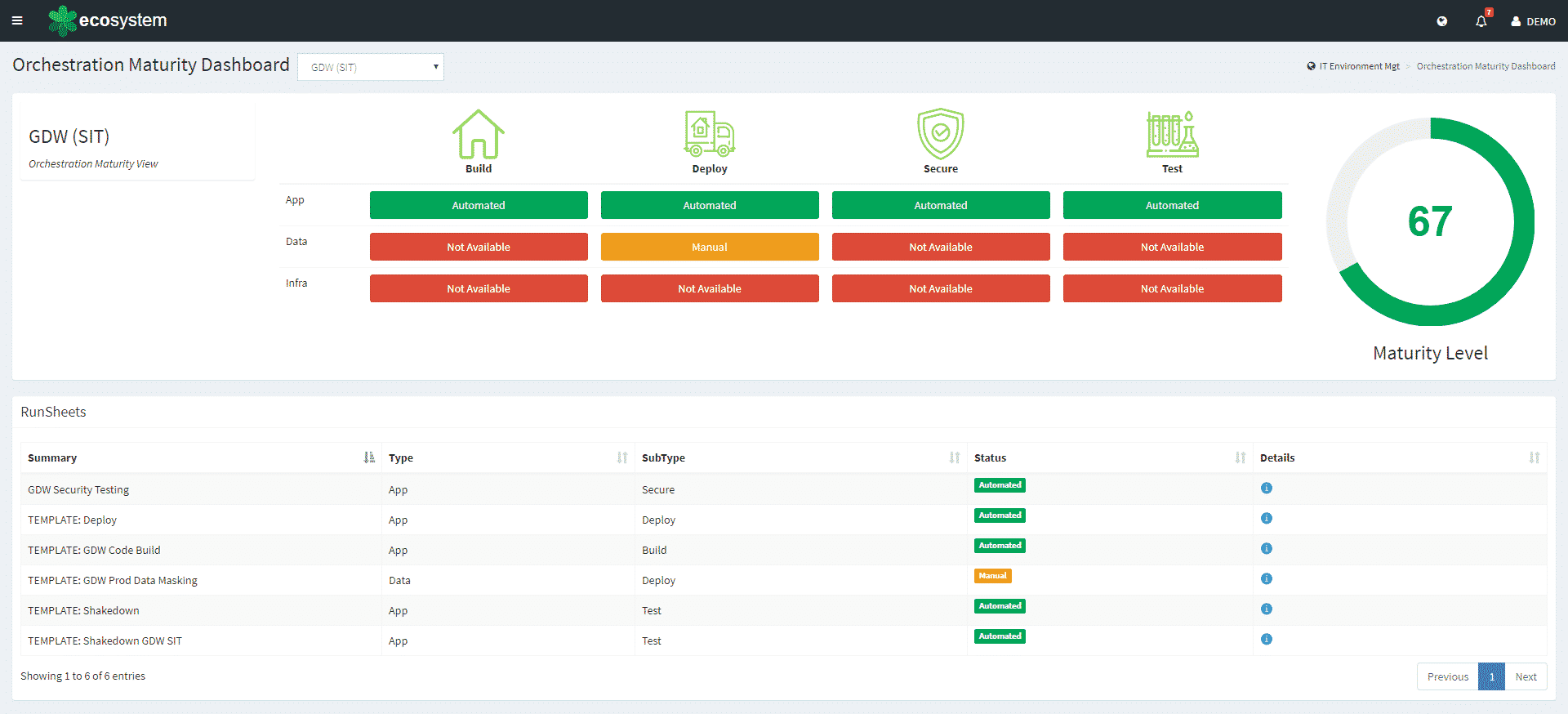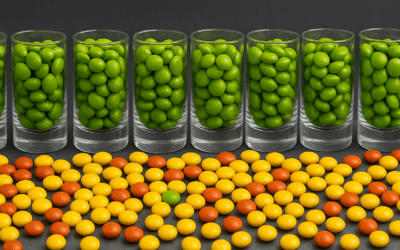100% Agile within a Year – The DevOps Cube
- [Bank] to be “100 per cent Agile” within a year, says senior coach
- Companies are federated
- Measuring agile is difficult.

- IT Environment Tiers i.e. infrastructure, applications & data
- IT Environment Operations e.g. build, deploy, test (& maybe secure).

Relevant Articles
A Detailed Guide to SAP Data Masking
SAP systems handle some of the most sensitive data in the enterprise: financial transactions, HR information, supplier records, customer profiles, operational details, and more. For that reason, copying production data into non-production systems without modification...
Release vs Deployment Management: What’s the Difference?
In the always-an-adventure world of IT service management, there are several key processes that are essential for delivering high-quality services to customers and end-users. Two of the most critical processes are release management and deployment management. These...
7 Tools to Help with Application Rationalization
Application rationalization is the process of identifying which applications an organization should keep, update, consolidate, or retire. Think of it as a financial adviser, but instead of your investment portfolio, it's your application portfolio. Most companies take...
Pairing DevOps with Test Environment Management
For many organizations, DevOps is the best practice for efficiency. However, this model doesn’t come easily as the organization needs to put certain things in place. For example, the firm needs to incorporate the right tools to ensure its delivery pipeline and...
8 DevOps Anti-Patterns You Should Avoid
It’s the normal case with software buzzwords that people focus so much on what something is that they forget what it is not. DevOps is no exception. To truly embrace DevOps and cherish what it is, it’s important to comprehend what it isn’t. A plethora...
An Introductory Guide to Guidewire Data Masking
Testing is an essential part of maintaining a healthy Guidewire environment. But because Guidewire applications handle large volumes of personally identifiable information (PII), simply copying production data for testing or training isn’t an option. This is where...





